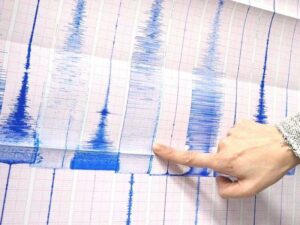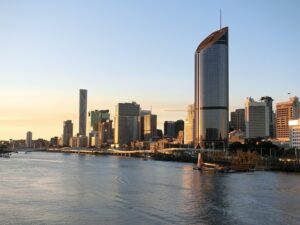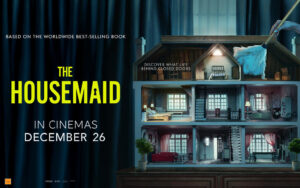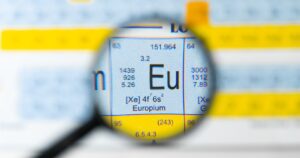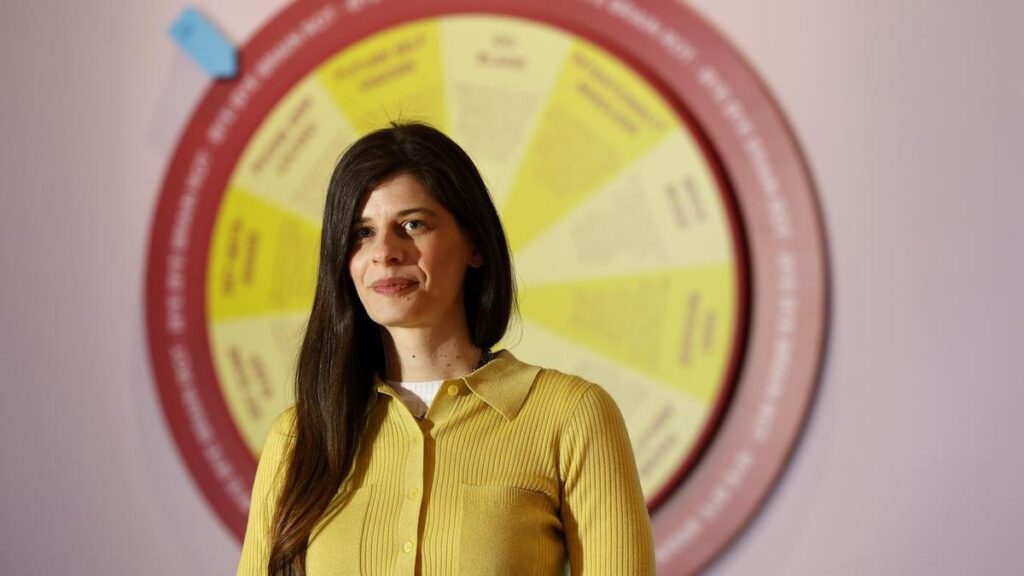
Artist Laura Allcorn is challenging the digital habits of visitors at the University of Melbourne’s Science Gallery through an innovative pledge drive that prioritizes attention over funds. Her initiative, part of the exhibition titled Distraction, encourages individuals to reflect on their technology use and to engage more meaningfully with their surroundings.
The exhibition, which runs from July 26, 2025 until May 2, 2026, aims to reclaim time lost to digital distractions. “We’re trying to steal back time from tech corporations, who are stealing our attention every day,” said Allcorn. By using an analog approach, gallery visitors can share their experiences regarding digital distractions and make pledges to change their habits. Suggestions include spending more quality time with friends and family, fostering a sense of accountability and connection.
Allcorn’s concept is backed by psychological research from Gloria Mark, who emphasizes the importance of face-to-face interactions. “You’re not on your phone anymore, and you’re looking face-to-face with someone … there’s a lot of accountability that comes from that, and I think that’s powerful,” she noted. The time pledged by attendees will contribute to a collective goal of reclaiming an entire year of attention.
Interactive Art and Community Engagement
The exhibition emerged from a brainstorming session with the Science Gallery’s SciCurious advisory group, composed of individuals aged 15-25. Members expressed a shared feeling of being constantly connected to the digital world, prompting the theme of distraction. Bern Hall, the curator, explained, “It was kind of natural to come up with a theme around distraction, this idea of our attention being pulled in every direction.”
An open call for artworks attracted over 300 submissions, resulting in six selected pieces and additional commissioned works that explore the theme of digital engagement. Among these is a giant spinning prize wheel labeled “Bye Bye Brain Rot,” which presents strategies to reduce digital distractions.
In a light-hearted addition, artist Jen Valender created a piece featuring videos of cats from Japan’s Ainoshima Island, known as “Cat Heaven Island.” Her artwork includes 81 cat videos that play on a loop, showcasing cats encountering screens for the first time. Visitors can interact with the installation by adopting a feline pose, triggering a “cat vision” mode that simulates how cats perceive the world.
Exploring Online Realities
The exhibition also includes Epic Sock Puppet Theatre by US media artists Jennifer Gradecki and Derek Curry. Through humorous narratives, the sock puppets address topics such as disinformation and teach viewers how to identify online impersonators.
According to Hall, the exhibition embodies a hopeful perspective on the overwhelming nature of the digital world. “These are just some of the hopeful perspectives art can offer in response to the overwhelm caused by the digital world,” he said.
As Distraction continues at the University of Melbourne, it invites visitors to reconsider their relationship with technology and to engage with each other in more meaningful ways. The initiative not only highlights the impact of digital distractions but also encourages a community-focused approach to reclaiming time and attention.

